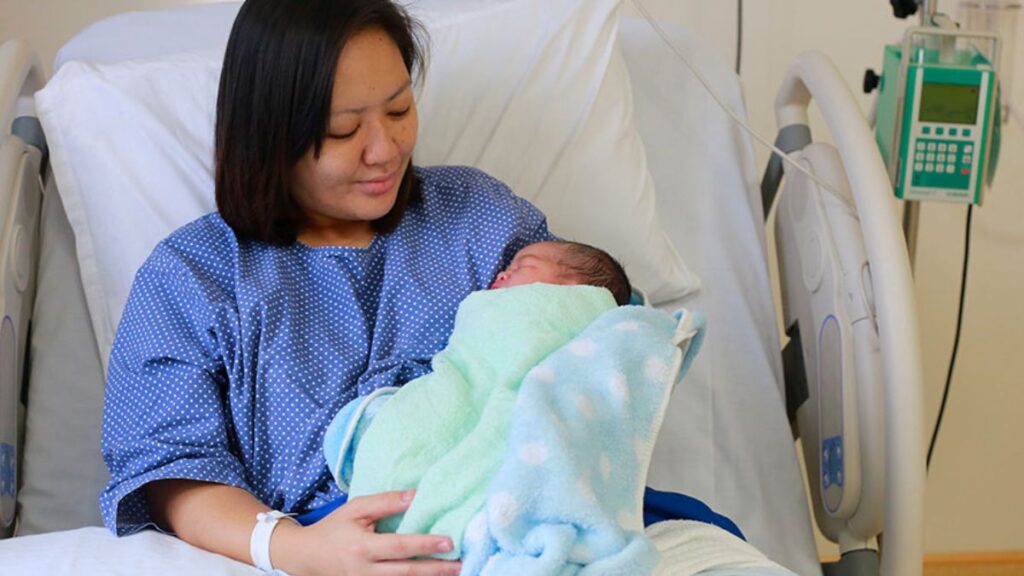Introduction:
Bringing a newborn into the world is a joyous occasion, but it can also come with its share of concerns and questions for new parents. One common concern is jaundice, a condition that affects many newborns. In this blog, we’ll explore what newborn jaundice is, why it occurs, how to recognize its symptoms, and what parents can do to ensure their baby’s well-being.
What Is Newborn Jaundice?
Newborn jaundice, also known as neonatal jaundice, is a condition characterized by the yellowing of a baby’s skin and the whites of their eyes. It occurs when there is an excess of bilirubin in the baby’s blood. Bilirubin is a yellow pigment produced when red blood cells break down.

Why Does Newborn Jaundice Happen?
Newborns are more prone to jaundice due to several reasons:
Immature Liver: A newborn’s liver is still developing and may not efficiently process bilirubin in the early days.
Increased Red Blood Cell Breakdown: Newborns have a higher number of red blood cells, which can break down more rapidly, leading to increased bilirubin levels.
Breastfeeding: In some cases, breastfeeding babies may develop jaundice because they may not get enough milk initially, leading to dehydration and increased bilirubin levels.
Blood Type Incompatibility: If the baby’s blood type is incompatible with the mother’s, it can result in higher bilirubin levels.

Recognizing the Symptoms:
The most apparent sign of newborn jaundice is the yellowing of the skin and eyes. However, it’s essential to keep an eye on other symptoms too:
Yellowing: As mentioned, a yellowish tint to the skin, particularly on the face and chest, is a clear indicator.
Difficulty Feeding: Babies with jaundice may be lethargic and have difficulty feeding.
Change in Stool and Urine: Jaundiced babies may have pale-colored stools and dark urine.
Irritability: Some babies with jaundice may become more fussy or irritable.

Treatment and Management:
The good news is that newborn jaundice is often temporary and can resolve on its own. However, in cases of severe jaundice or when it doesn’t improve, treatment may be necessary. Common treatment options include:
Phototherapy: This involves placing the baby under special lights to help break down bilirubin in the skin.
Exchange Transfusion: In rare cases, when bilirubin levels are dangerously high, a blood exchange may be performed to replace the baby’s blood with donor blood.

Tips for Parents:
Regular Check-Ups: Attend all recommended pediatrician appointments to monitor your baby’s health.
Breastfeeding Support: If breastfeeding, ensure your baby is latching and feeding well.
Keep Baby Hydrated: Encourage frequent feeds to prevent dehydration.
Skin-to-Skin Contact: Skin-to-skin contact and cuddling can help improve bonding and regulate body temperature.

Conclusion:
Newborn jaundice is a common and usually manageable condition that affects many infants. Understanding the causes, symptoms, and available treatments is crucial for new parents. Remember that your healthcare provider is your best source of guidance and support during this time. By staying informed and seeking timely medical advice, you can ensure your newborn’s health and well-being as they grow and thrive.













